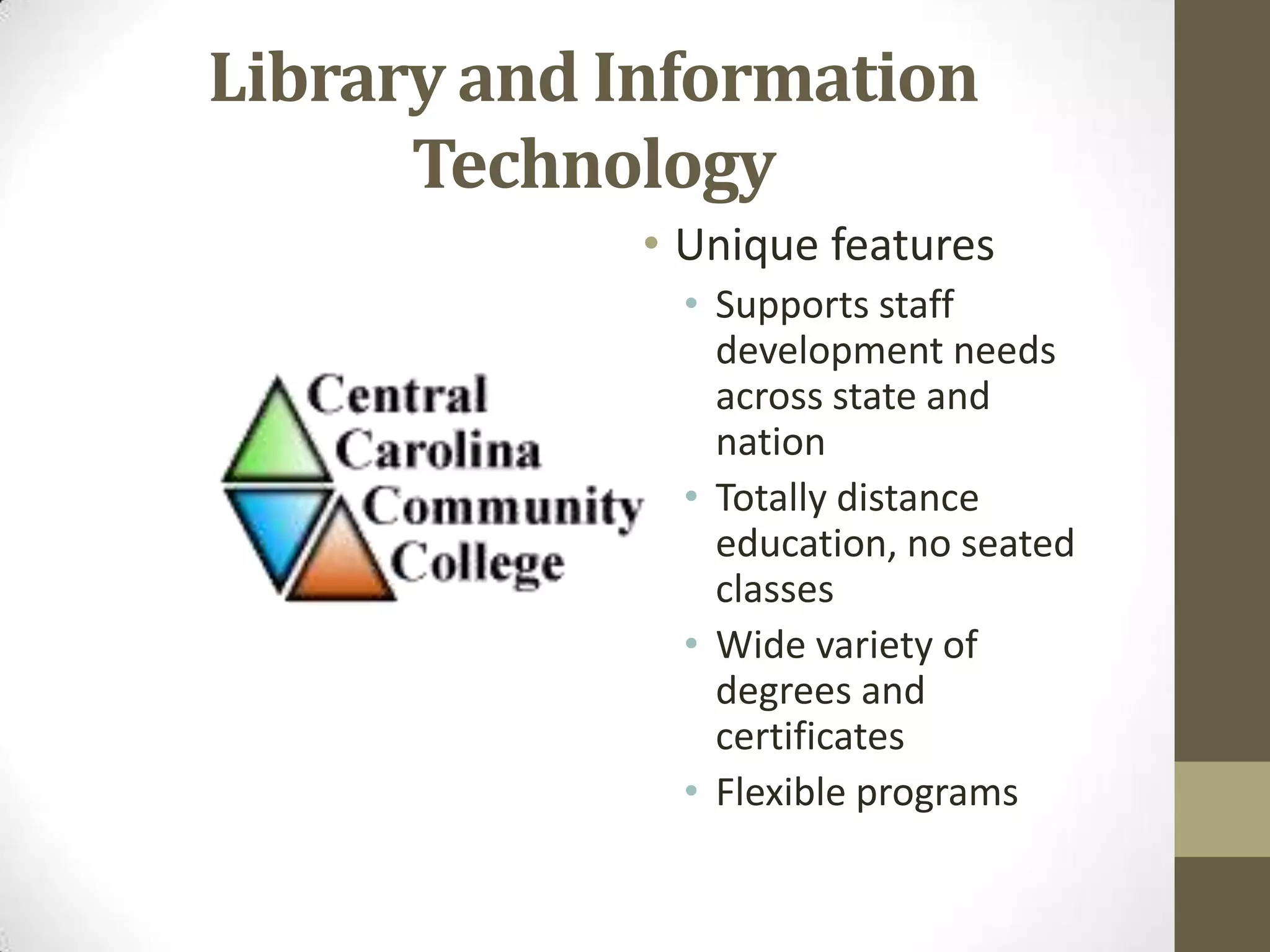The document discusses the evolving role of paraprofessionals in libraries, emphasizing the need for technology skills and adaptability to meet changing user expectations. It outlines the Library 2.0 concept, which focuses on user-centered services and constant feedback for improvement. Furthermore, it suggests strategies for supporting staff development and enhancing service delivery in the context of technological advancements.








![What is Web 2.0?Library 2.0 is a loosely defined model for a modernized form of library service that reflects a transition within the library world in the way that services are delivered to users. The focus is on user-centered change and participation in the creation of content and community. [1] The concept of Library 2.0 borrows from that of Business 2.0 and Web 2.0 and follows some of the same underlying philosophies. This includes online services like the use of OPAC systems and an increased flow of information from the user back to the library.With Library 2.0, library services are constantly updated and reevaluated to best serve library users. Library 2.0 also attempts to harness the library user in the design and implementation of library services by encouraging feedback and participation. Proponents of this concept expect that the Library 2.0 model for service will ultimately replace traditional, one-directional service offerings that have characterized libraries for centuries.From Wikipedia, the free encyclopedia](https://image.slidesharecdn.com/teachingparaprofessionalsthe-111018091048-phpapp02/75/Teaching-Paraprofessionals-the-Techy-Side-of-the-Library-9-2048.jpg)


















